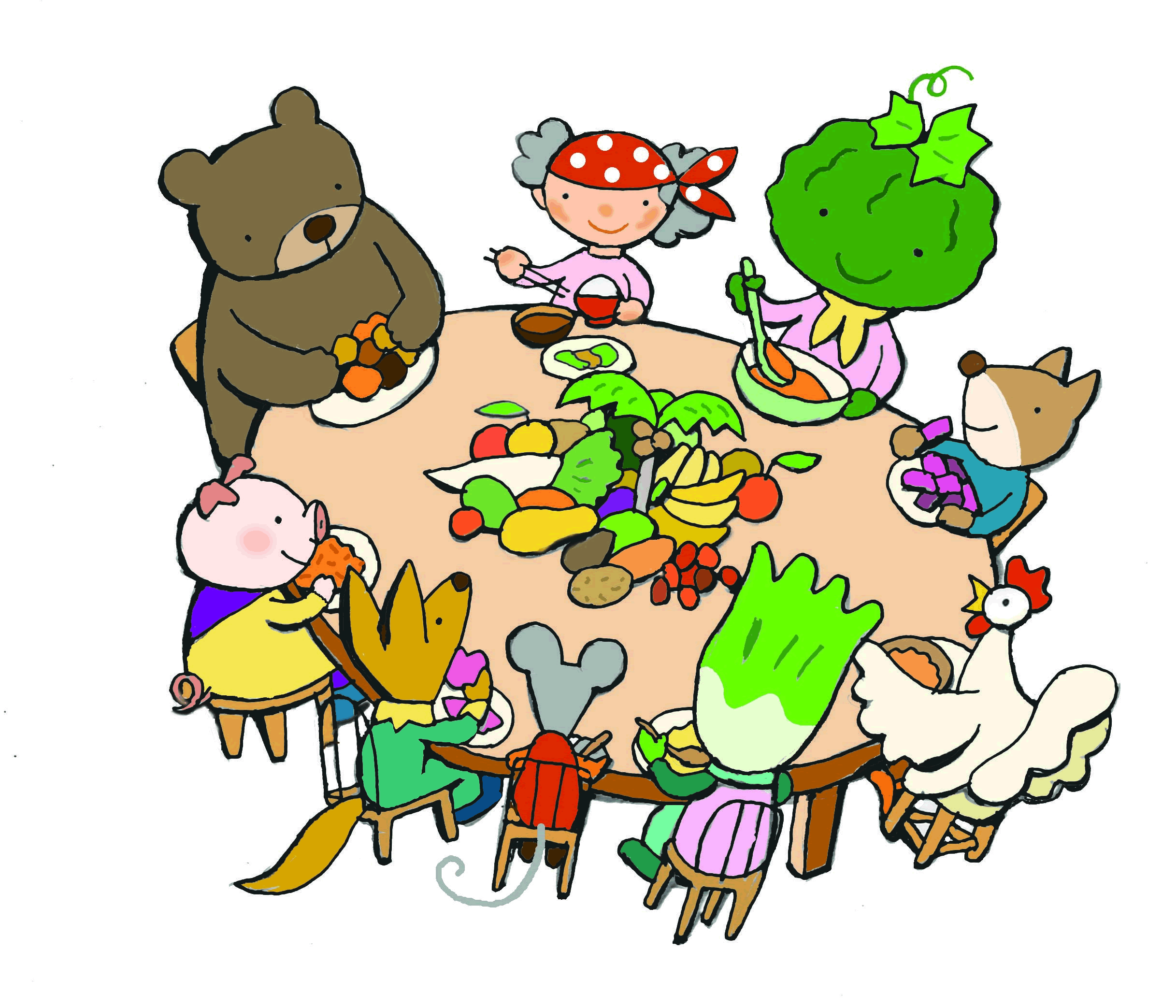31 October 2023
Tokyo, Japan
Liaison Committee Against Irradiated Foods
National Meeting for Total Abolition of Irradiated Foods
Appeal Against Food Irradiation:
Global Solidarity in the Campaign to Stop Irradiated Food
In Japan, irradiated potatoes were sold since 1974 to prevent germination. Despite being an A-bombed country, Japan was the first in the world to sell irradiated potatoes. This was promoted by those who support nuclear power as “irradiated food has been approved even by Japan.” However, many consumers had concerns about irradiated potatoes and opposed their sale.
Apart from preventing germination, the Japanese Atomic Energy Commission conducted experiments to permit irradiated foods for other uses, including insecticidal (rice and wheat) and sterilising (sausages and citrus fruits) purposes. However, the experimental data showed risks and the World Health Organization (WHO) requested a follow-up study.
In 1980, the WHO suddenly declared that irradiation up to 10 kGy was acceptable, based on political rather than scientific judgement.
In Japan, we were shocked by a case of illegal irradiation of baby food vegetables, which was revealed in 1978. In the trial that followed, company witnesses argued that the WHO had accepted food irradiation and that it was practically harmless. They argued that the company was innocent. However, the court ruling did not accept the WHO’s 10 kGy safety limit and found those involved guilty.
The court noted that “the WHO report lists items that require scientific consideration for irradiation up to 10 kGy, but the required items have not been considered and scientists have pointed out that there are problems” (First trial, 1984; second trial, 1985). This ruling made Japanese consumers aware that the WHO was driven by the political considerations of food irradiation proponents.
The Japanese Government was the only country in the world to conduct toxicity tests on seven irradiated foodstuffs from 1967. The following is a list of the dangers found in the tests on potatoes and onions.
Data from animal experiments showing the dangers of irradiated foods:
- Animals were fed irradiated potatoes, ovary weight loss (600 Gy), weight loss (300 Gy), increased mortality and abnormalities in the thyroid gland and pituitary gland were observed. The reproductive organs and other vital organs were also found to be affected.
- Animals were fed irradiated onions (300 Gy), and a follow-up study was conducted after bone abnormalities called rib cartilage fusion and weight loss of the ovaries and testicles were confirmed in the third generation. The irradiation dose was halved (150 Gy) and the amount mixed in the feed was also halved to 2%, but the second generation showed twice as many abnormalities in the cervical ribs, which are ribs attached to the neck bones (cervical vertebrae).
Despite opposition from consumers in Japan, the Shihoro Agricultural Co-operative in Hokkaido continued its unprofitable business of irradiated potatoes, saying that the market must be enlarged so that the enormous government funds spent on research and development were not wasted. The irradiated potatoes of the Shihoro Agricultural Co-operative were also summarised as follows (1989): ”There was a big difference between the laboratory data and the irradiation of potatoes harvested in the actual field.”
1. Irradiation of damaged potatoes at harvest accelerated rotting
2. Irradiation of immature potatoes caused internal blackening
3. Immediately after irradiation, the rate of reducing sugars increased rapidly and crisps turned brown. It took about three months to reduce this rate of reducing sugar.
4. Long-term storage required temperature, humidity and ventilation control even after irradiation.
5. Storage at room temperature caused browning, so storage below 5°C was necessary.
As this shows, actual irradiation was not as effective as expected, and in reality nearly half of the irradiated products had no commercial value and were disposed of.
Fifty years passed without the Shihoro Agricultural Co-operative being able to resolve these major discrepancies. Finally, the Shihoro Agricultural Co-operative decided to stop producing irradiated potatoes, and in 2023 the irradiation facilities were dismantled. Consequently, irradiated potatoes will no longer be produced and sold in Japan from 2023.
We want to inform consumers around the world about this fact and share with them the problems with spices and beef that are now irradiated at similar facilities around the world. We also call on those countries that still irradiate their foodstuffs to stop doing so.
Please continue to campaign against food irradiation.










